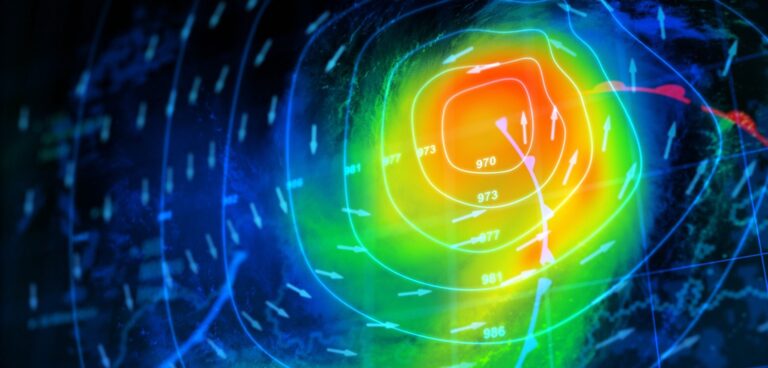The India Meteorological Department (IMD) is planning to use artificial intelligence to predict extreme weather patterns in its forecasting. The technology could be especially important to warn of weather events occurring within three to six hours.
The state department currently uses technology such as radars and satellite imagery to look into extreme weather patterns occurring in the same day. Last month, in two regions of India alone, 160 people are said to have died because of lightning strikes, and IMD is now hoping to make better use of more advanced technology involving AI.
“Artificial intelligence helps in understanding past weather models and this can make decision making faster,” said Mrutyunjay Mohapatra, director general of IMD, who also stated that the use of artificial intelligence and machine learning in meteorology is not as prevalent as in other fields.
The IMD is now inviting research groups who understand how AI can work with weather forecasting to submit proposals to potentially work with the department. The IMD is also open to working with private businesses to develop collaborative research on the technology.
Historically, the IMD has warned in its forecasts of excessive climate occurrences, such as thunderstorms or mud storms. It is said that thunderstorms are difficult to predict with current technology as lightning and heavy rains are harder to track, with the weather cycles beginning and ending very quickly.
Earlier this year, the National Oceanic and Atmospheric Administration (NOAA) in the USA turned to AI to explore and map deep water in US territories.



